Current Market Data
Builders started to make headway against supply-chain issues that have hampered construction of homes in the face of high demand.
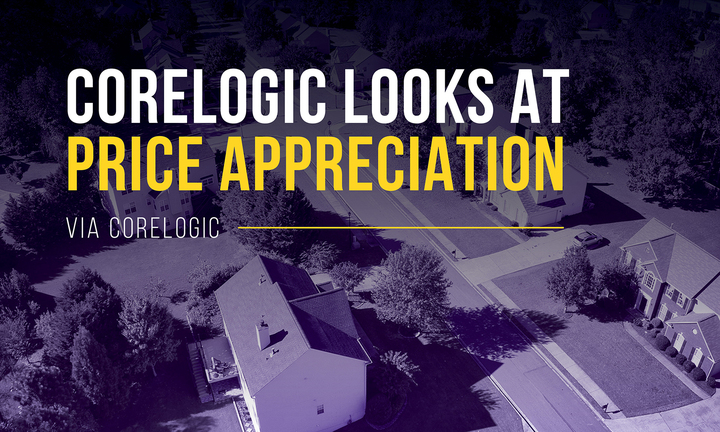
New homes and existing homes are appreciating at similar rates, according to a new report from CoreLogic.
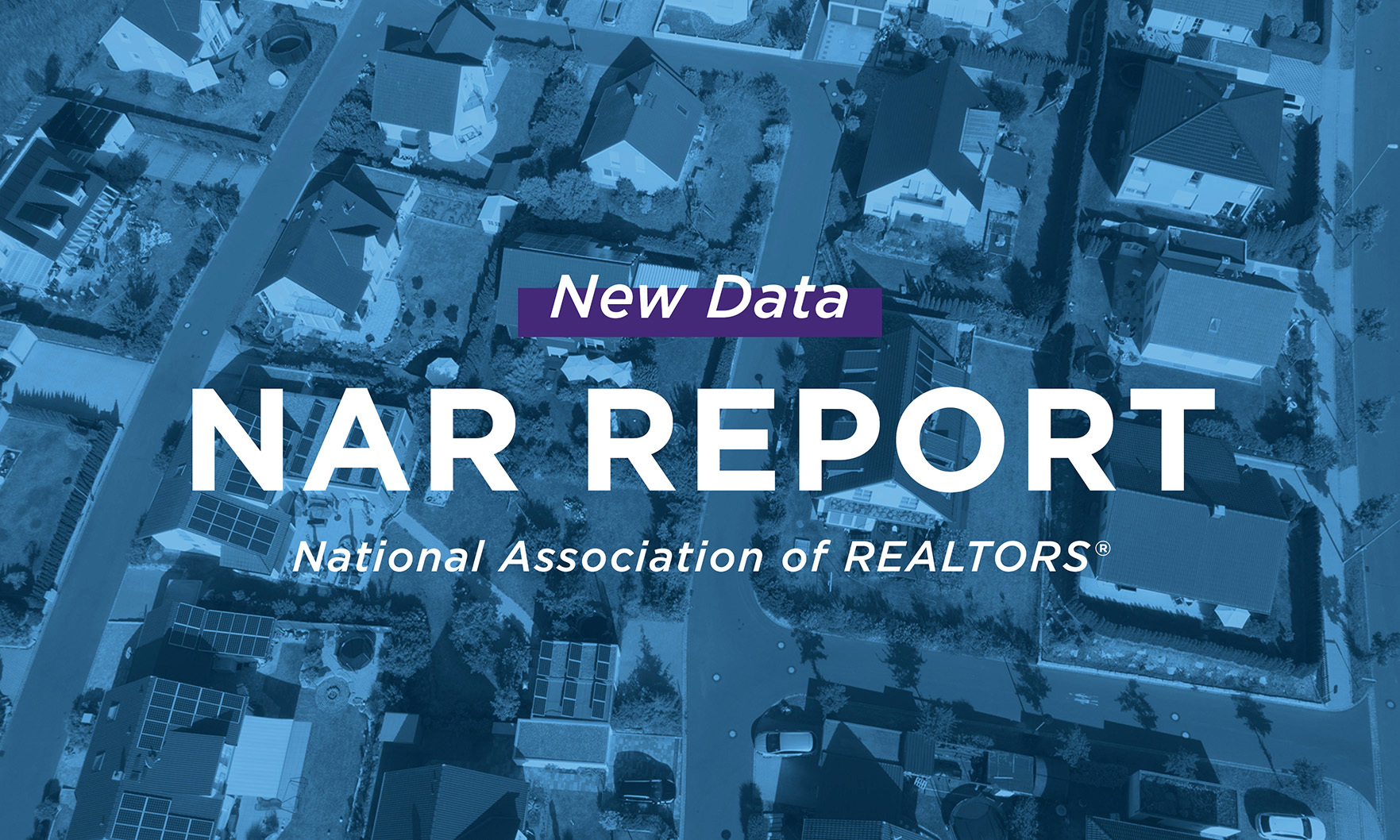
“December saw sales retreat, but the pull back was more a sign of supply constraints than an indication of a weakened demand for housing.” — NAR chief economist Lawrence Yun
While multifamily starts surged 13.7% compared to November, the pace of new single-family housing construction slid 2.3%, according to the U.S. Census Bureau and the U.S. Department of Housing and Urban Development.
“While lean existing home inventory and solid buyer demand are supporting the need for new construction, the combination of ongoing increases for building materials, worsening skilled labor shortages and higher mortgage rates point to declines for housing affordability in 2022.” — NAHB Chairman Chuck Fowke

“MBA expects solid growth in purchase activity this year, as demographic drivers and the strong economy support housing demand,. However, the strength in growth will be dependent on housing inventory growing more rapidly to meet demand.” — Mortgage Bankers Association associate vice president of economic and industry forecasting Joel Kan

Despite the record low number of homes for sale, prices and pending sales continue to rise.
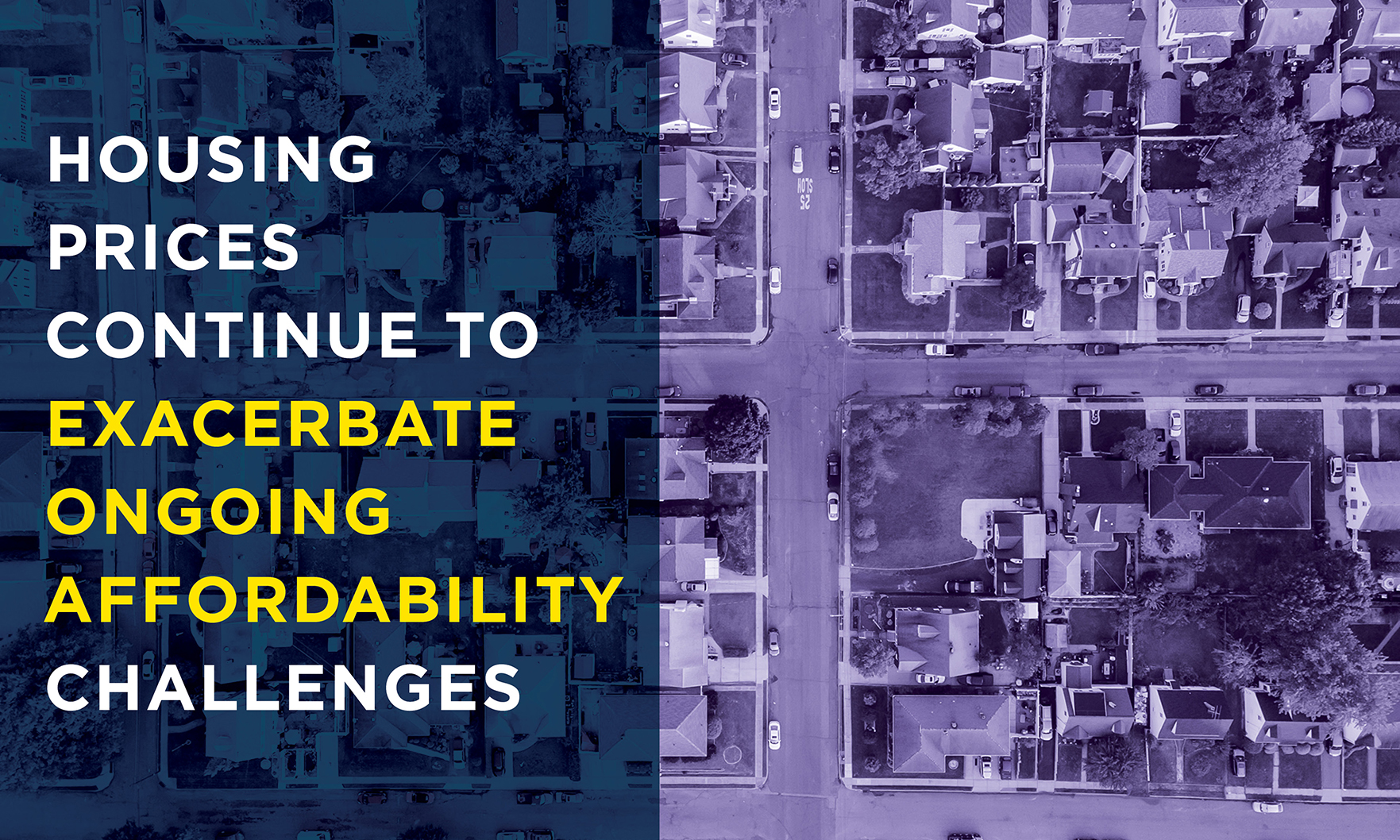
Housing prices continue to exacerbate ongoing affordability challenges, as home appreciation continued to accelerate in November.
At the same time, the average 30-year fixed-rate mortgage rose to 3.33%, its highest level since April 2021, the Mortgage Bankers Association said.
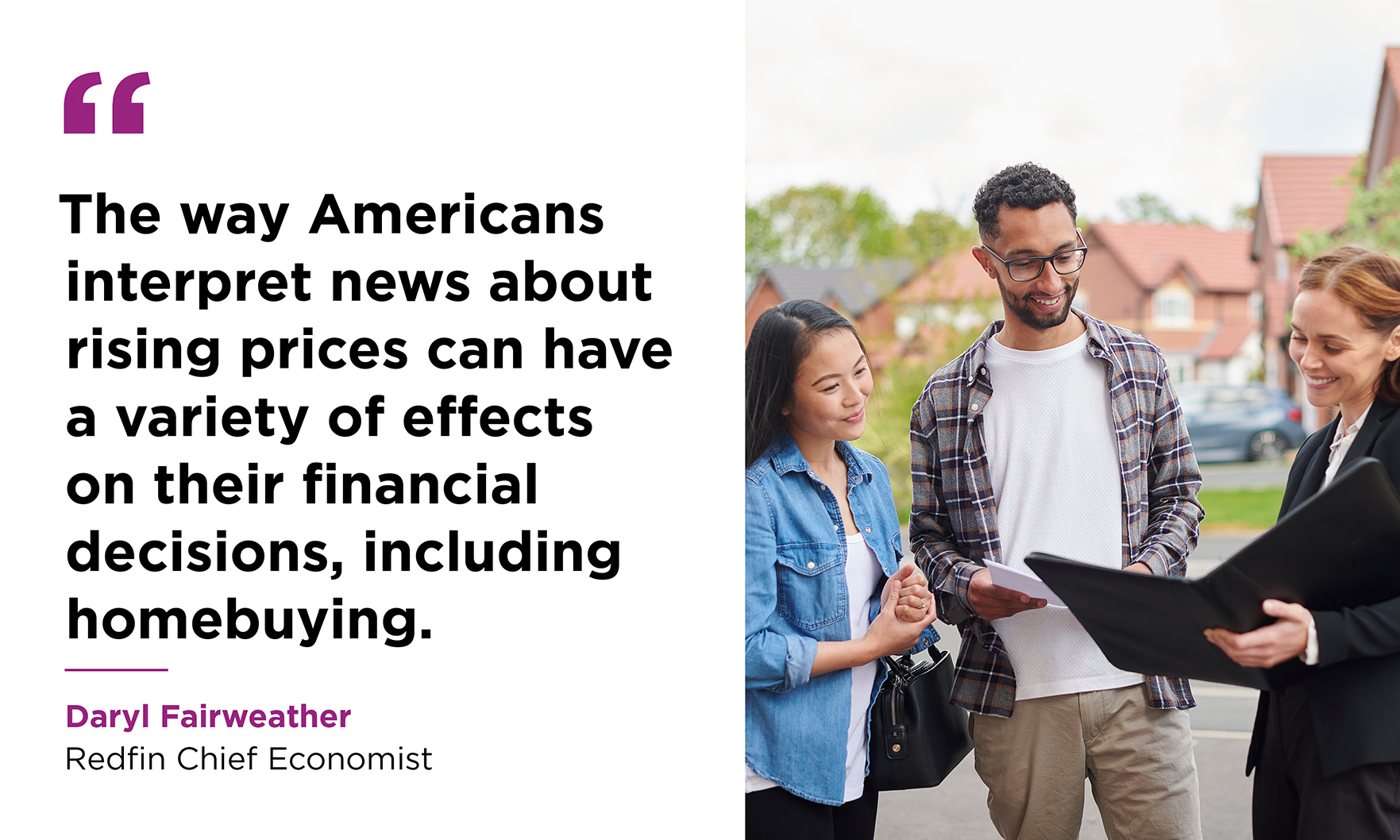
Inflation concerns are influencing plans for homebuyers and sellers, according to a recent Redfin survey.
“There was less pending home sales action this time around, which I would ascribe to low housing supply, but also to buyers being hesitant about home prices,” National Association of REALTORS® chief economist Lawrence Yun said.
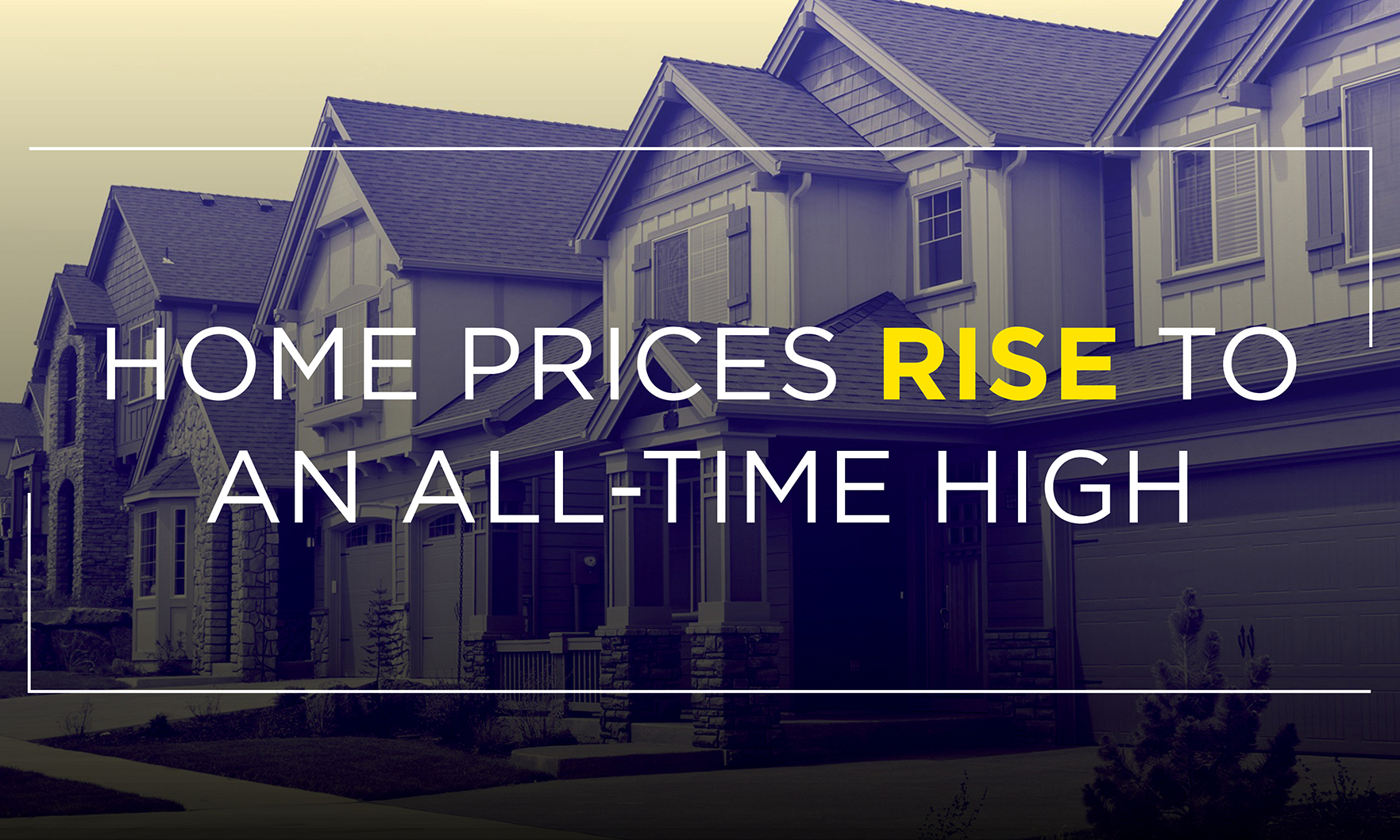
“Fewer homes are selling because of a lack of supply, while demand remains strong.” — Redfin chief economist Daryl Fairweather
The median sales price of new homes hit a new high of $416,900.
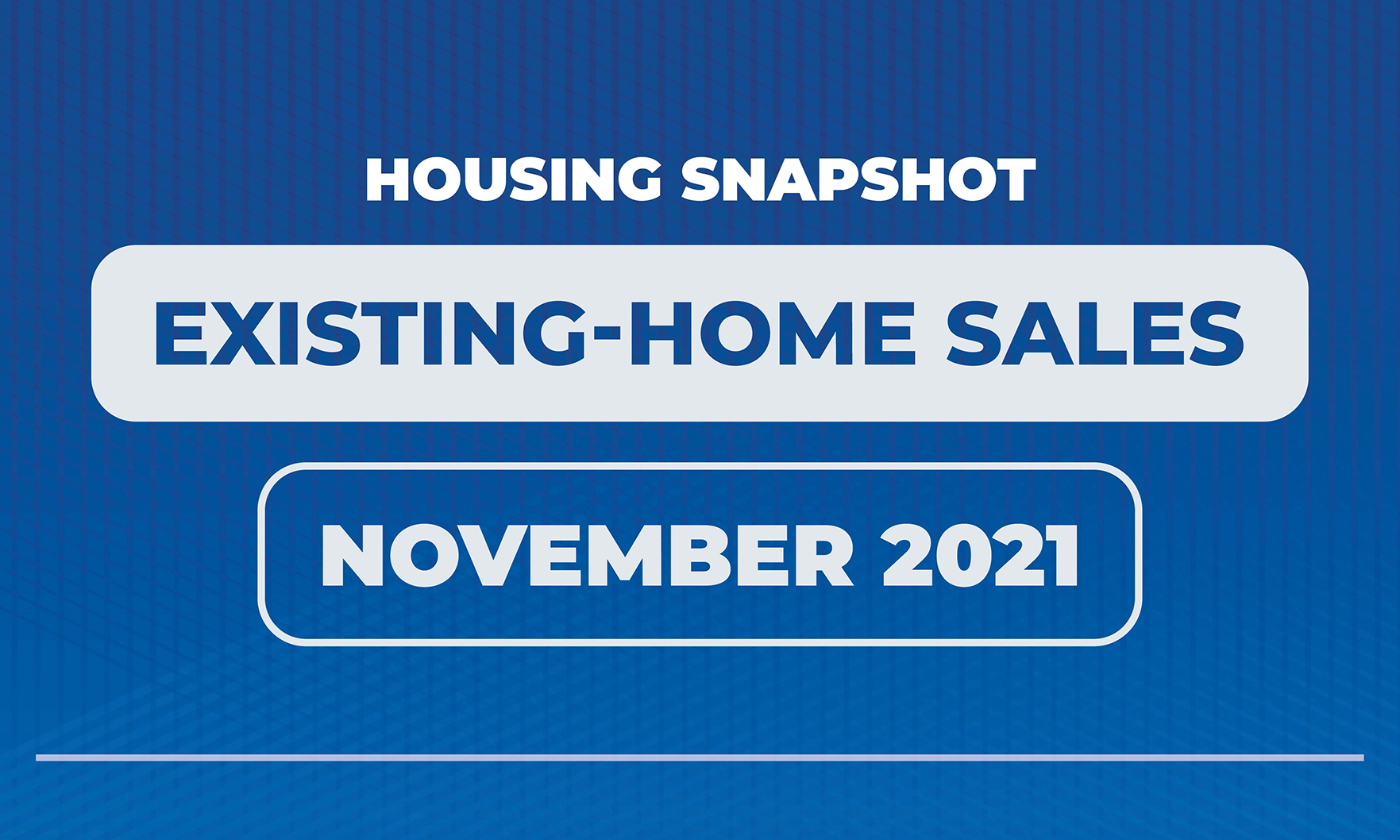
The median existing-home sales price for all housing types rose again on an annual basis, marking 117 consecutive months of gains.
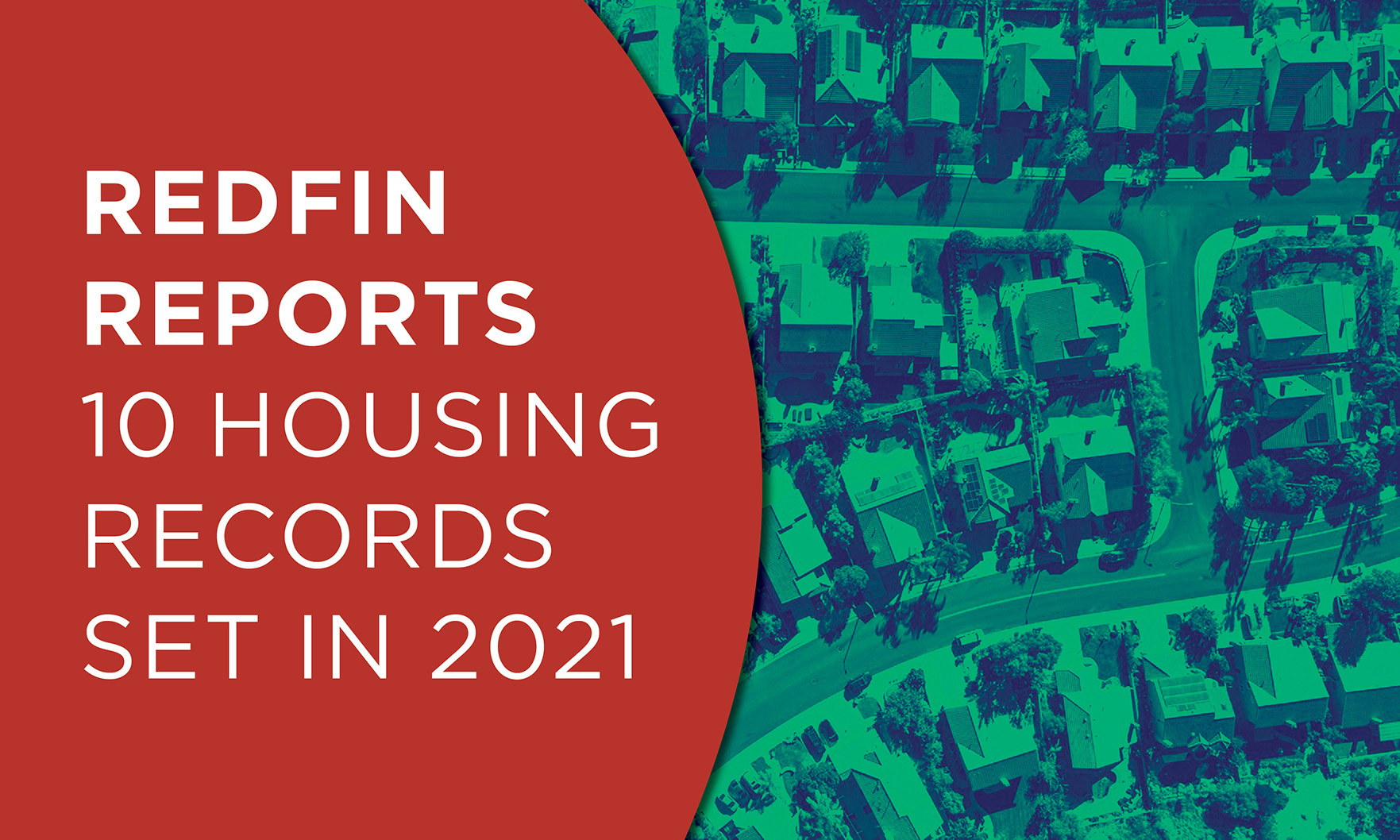
The pandemic and work-from-home orders have changed where, when and why people buy homes. As a result, housing prices hit the highest median of all time in 2021, as the number of homes for sale fell to an all-time low and the demand for second homes surged, according to a new Redfin report.
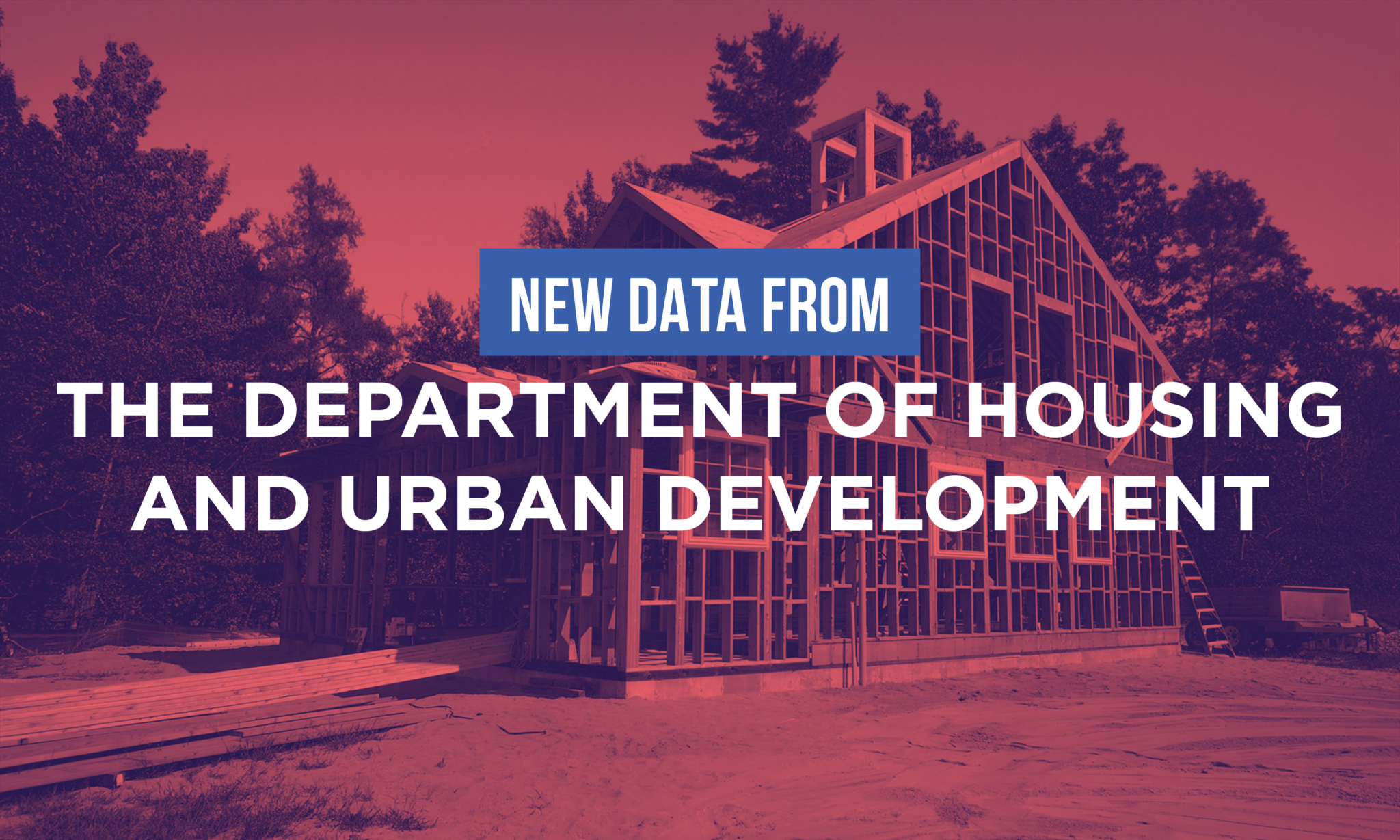
“November’s housing starts report signals strength for the housing market.” — First American deputy chief economist Odeta Kushi
